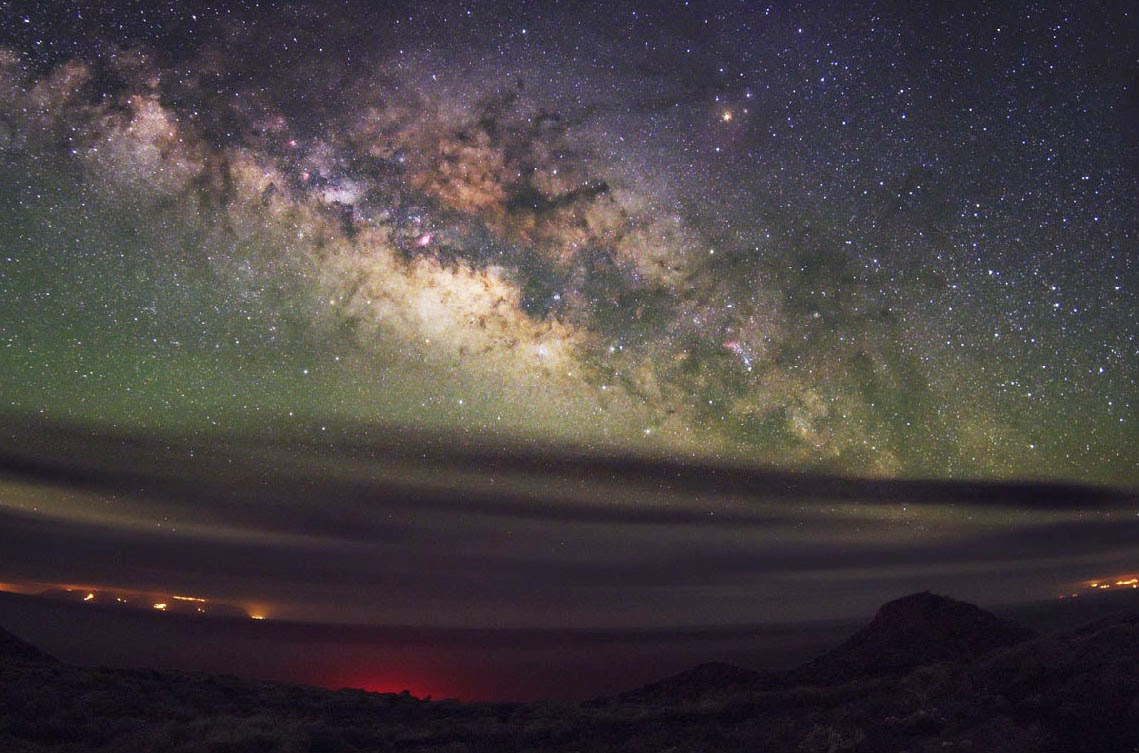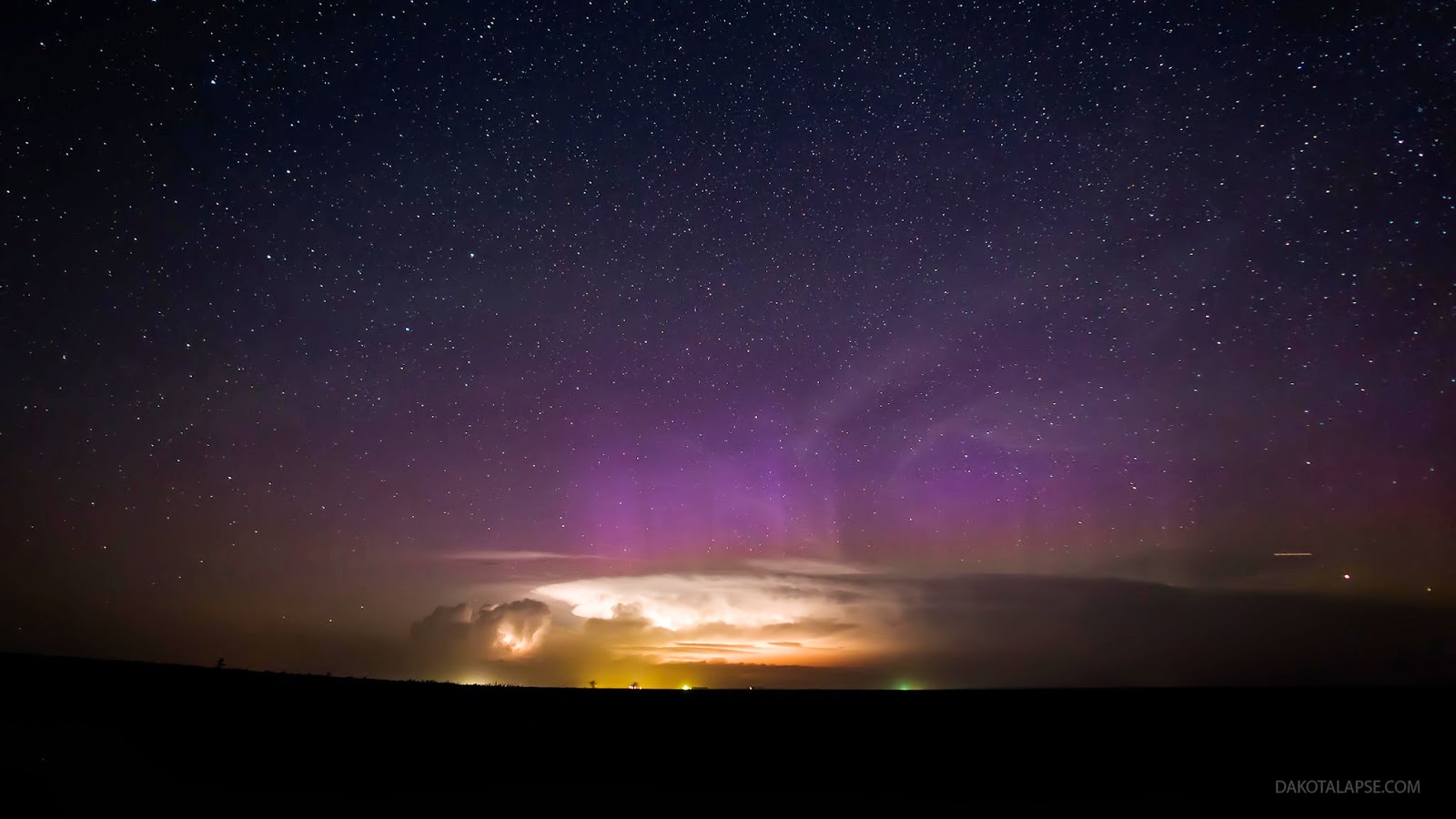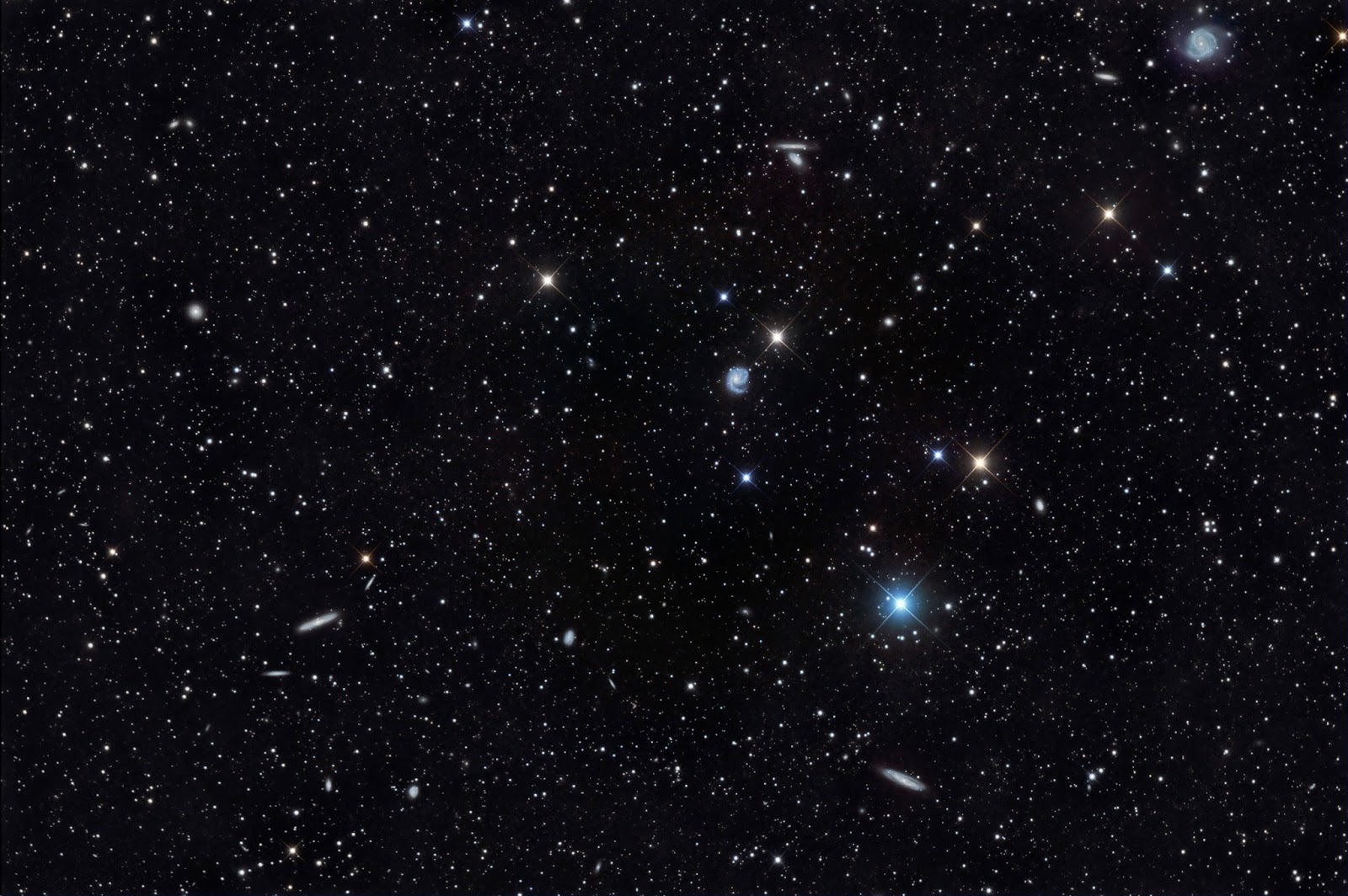Credit: Canada-France-Hawaii Telescope/Coelum
Friday, May 30, 2014: Stars form within nebula NGC 2170, which lies in the constellation of Monoceros (The Unicorn). A dark nebula, such as this one, provides raw material for the star formation going on inside them. The newly formed, massive blue stars seen here continue to push away traces of the dust that previously hid them from view. The material that remains will eventually disperse in the interstellar medium. ~Tom Chao
Credit: ESA/Hubble & NASA; Acknowledgement: Nick Rose
Wednesday, April 16, 2014: Spiral galaxy NGC 3455 lies roughly 65 million light-years away from us in the constellation of Leo (The Lion). NGC 3455 falls into the category of type SB galaxy — a barred spiral — in the Hubble classification system, the Hubble Sequence. Galaxies of this type appear to have a bar of stars slicing through the bulge of stars in their centers. Further, this galaxy is considered a SBb type, which means its spiral arms neither wind tightly nor loosely. NGC 3455 makes up a pair of galaxies with its partner, NGC 3454 (out of frame). This cosmic duo belong to the NGC 3370 group.
The Orion Nebula, also known as Messier 42 or NGC 1976, is located approximately 1,500 light-years from Earth. Miguel Claro took the photo in Serra de Aire, Portugal near the Mira de Aire Caves complex. He used a portable Vixen Polarie Star Tracker Mount with a Canon 60Da camera and Astro Professional ED 80 telescope to capture the image, which was released to Space.com on Feb. 7, 2014.
Credit: Miguel Claro | www.miguelclaro.com
Credit: Canada-France-Hawaii Telescope/Coelum
Tuesday, April 1, 2014: These four spiral galaxies in NGC 4410 display an extraordinary cosmic spectacle, each generating immense tidal forces that rip each other apart as they pass close to each other. The galactic disks and spiral arms stretch apart while stellar filaments swirl into the intergalactic medium as the galaxies entwine in a dance of staggering proportions. ~Tom Chao
The Swan Nebula (M17), where ultraviolet radiation streaming from young hot stars sculpts a dense region of dust and gas. M17 is some 5,200 light-years from Earth in the constellation Sagittarius and is one of the most massive and luminous star-forming regions in our galaxy
Photograph: Gemini Observatory/AURA
On the left, surrounded by blue spiral arms, is spiral galaxy M81. On the right marked by red gas and dust clouds, is irregular galaxy M82. This stunning vista shows these two mammoth galaxies locked in gravitational combat, as they have been for the past billion years. The gravity from each galaxy dramatically affects the other during each hundred million-year pass. Last go-round, M82's gravity likely raised density waves rippling around M81, resulting in the richness of M81's spiral arms. But M81 left M82 with violent star forming regions and colliding gas clouds so energetic the galaxy glows in X-rays.
Credit: Rainer Zmaritsch & Alexander Gross
Robert Fields sent Space.com this image of Messier 42, or the Orion Nebula on March 18, 2014. The image is a compilation of narrowband data in SII, HA and OIII taken from Irvington Observatory of Howell Twp, Miss.
Credit: Robert Fields
The Pleiades star cluster (M45) is a group of 800 stars formed about 100 million years ago. The cluster is located 410 light-years away from Earth in the constellation Taurus.
Credit: Chuck Manges | www.astrochuck.blogspot.com
A. Garrett Evans sent Space.com this 9-shot panorama of the Milky Way rising over Cape Neddick Lighthouse in York, Maine on March 3, 2014. The photo covers nearly 180 degrees and was taken with a Canon 6D camera, Canon 16-35mm @ 16mm, ISO 4000, f/2.8, 30 sec.
Seen here is a jaw-dropping, amazing, stunning panorama that includes several of the most famous night sky objects, Orion's Belt and the surrounding molecular cloud. What could possibly be said to capture the sheer incredibleness of this image that isn't conveyed simply by looking at it?
First of all, to set the scene, we're looking at the three stars in Orion's Belt, Alnitak, Alnilam and Mintaka, seen at left in the image. Just below Alnitak is the extremely recognizable Horsehead Nebula. Over on the right of the image is the gorgeous Orion's Nebula, visible to the naked eye as the middle star in Orion's sword. Both nebulas and the surrounding gas and dust are among the hottest regions of star formation that can be seen in the night sky. All of these objects have been studied for centuries, yielding insight in modern times into the life cycles of stars.
This beautiful vista was created by Australian astrophotographer Terry Hancock. The data were captured in January, February and early March 2014 over eight nights from Hancock's home in Fremont, Michigan. Check out more of his work on his Flickr page.
Green airglow shimmers atop translucent clouds as the Milky Way rises over a remote island off the northwest coast of Africa in a majestic photo recently sent to Space.com. Credit: project nightflight
Randy Halverson dakotalapse.com captured the footage from April-Nov 2013 in South Dakota, Utah and Wyoming. 2 Canon 5D Mark III and 1 Canon 6D cameras were used to create this.
Astrophotographer Ken Crawford sent Space.com this image of galaxy NGC 2685, also known as Arp 336, on March 4, 2014. He captured the image from Rancho Del Sol Observatory in Rancho Del Sol Camino, Calif.
Astrophotographer Garry Owens sent in a photo of the recent brilliant auroral display seen in the United Kingdom. He took the shot on Feb. 27, 2014, in Prestatyn, Wales, UK.
Astrophotographer Terry Hancock sent Space.com this wide field image of a few galaxies in the constellation Coma Berencies on March 2, 2014. He captured the photo from Fremont, Mich. on Feb. 22 and 27, 2014.
















No comments:
Post a Comment